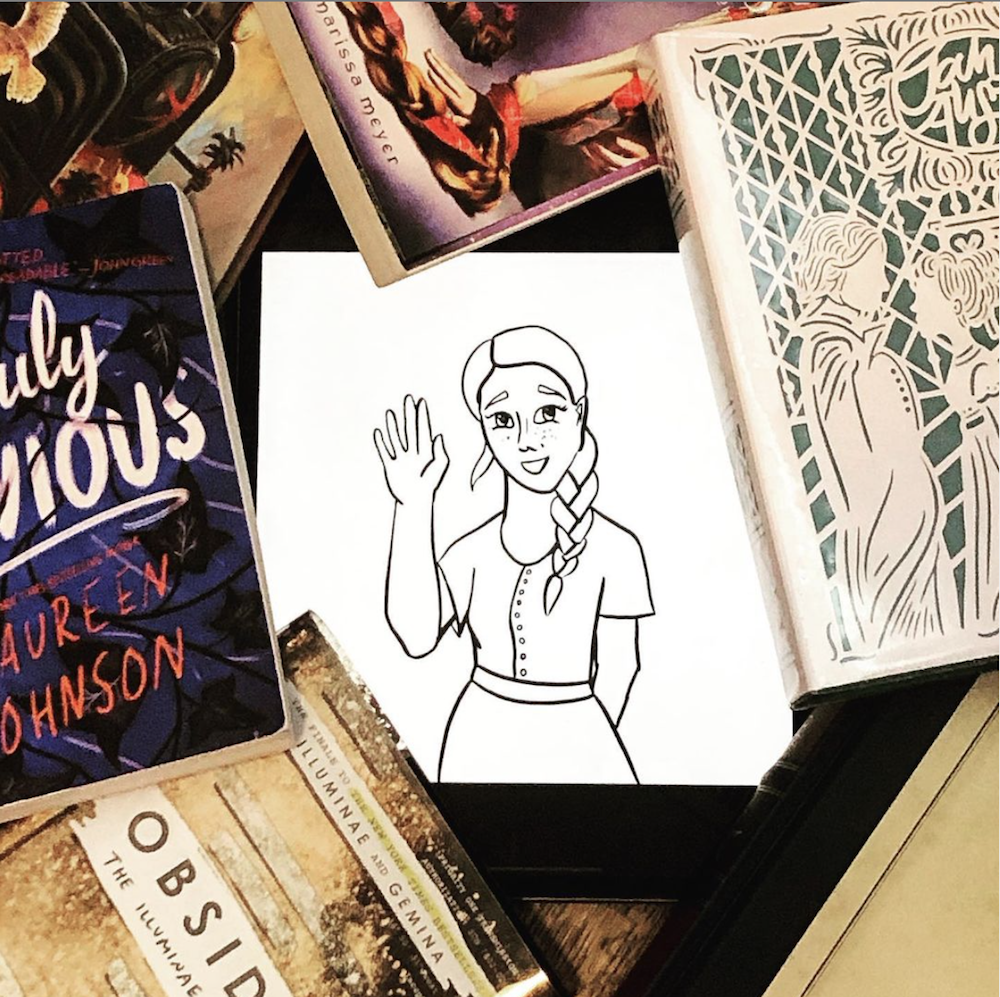A Quick & Easy Guide to Asexuality is a graphic novel covers some of the very basics of what it means to be asexual, how it differs from being aromantic, and how it fits in to people’s lives. The two authors, Molly Muldoon and Will Hernandez, are both on the ace spectrum themselves (Molly’s demisexual, and Will’s much closer to the solidly asexual range of the spectrum), which I did appreciate.
Although I did like this book, I had quite a few qualms about it. As a demisexual (demibisexual actually) person, I always get very excited for any book related to the ace spectrum and am usually disappointed, so I will say that this book didn’t do that.
My main issue with the book is that it very much feels written for allosexual people. If you already know you’re on the ace spectrum, or have any exposure to the topic whatsoever, it will not have any clarification or new information for you. I also can’t really see an occasion where somebody suspects they might be ace and goes straight to this book; the internet has so many good resources that cover the same range of information more concisely and with greater clarity.
There were a lot of things I would have expected to be discussed in greater depth, or even touched upon at all but weren’t. The split-attraction model was not covered as it should have been, and more specific identities on the ace spectrum were not discussed to the extent that I would have expected them to be; demisexuality and gray-asexuality were barely touched upon, and then identities like reciprosexual, akoisexual, and cupiosexual weren’t even mentioned, even though they’re definitely part of the ace community. As part of that, the book often used the ideas of asexuality and the ace spectrum interchangeably, which seemed to imply that most people in the community, even if they’re sex-positive or at least not sex-repulsed, never feel sexual attraction, which was something that surprised me considering that one of the authors is demisexual. Additionally, there was no discussion of sexual attraction being a fluid thing throughout one’s life, which, while I can understand omitting for simplicity’s sake and to prevent people who don’t understand it by using that to invalidate ace identities, still felt like too much off a blanket statement.
There was also a comment about how some people say the A in LGBTQIA* stands for “ally,” which really bothered me because the only people I’ve ever heard say that are the so-called allies, and almost never queer people. Allies aren’t queer; they aren’t part of the community, even if they’re welcome in many spaces.
However, there were also some things that I thought the book does well; in particular, it does go into the range among ace people between being sex-positive and sex-repulsed, which I do think is a big misconception that people have about asexuality. There were some issues with it; it seemed to imply that gray-ace people were those that fall between sex-positive and sex-repulsed, rather than those two qualifiers being able to act independently to just discuss anybody on the ace spectrum’s willingness to have sex with somebody they aren’t sexually attracted to, but the fact that those two terms were mentioned at all was still something I greatly appreciated.
Despite all of my issues with it, I do think this book is a really good introduction to the topic if you have absolutely no idea what asexuality is. It is very clear on the most important aspects, and really anything else can be cleared up later. While I wouldn’t ever recommend it to somebody who thinks they themselves might be ace, I’d absolutely recommend it to an allosexual person (particularly a cishet one, since most queer people have at least some exposure to ace identities) who wants to learn more about the subject. However, due to all of my aforementioned problems, I am only giving it a three star rating.






Recent Comments